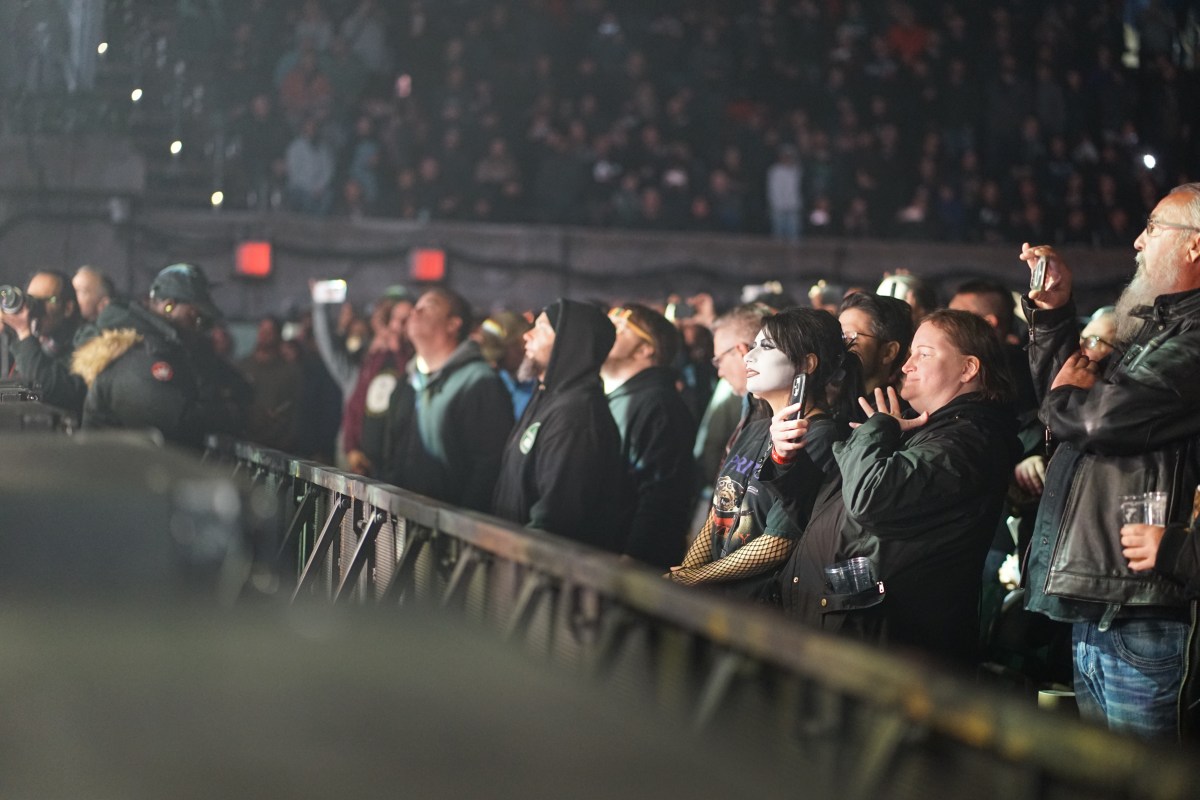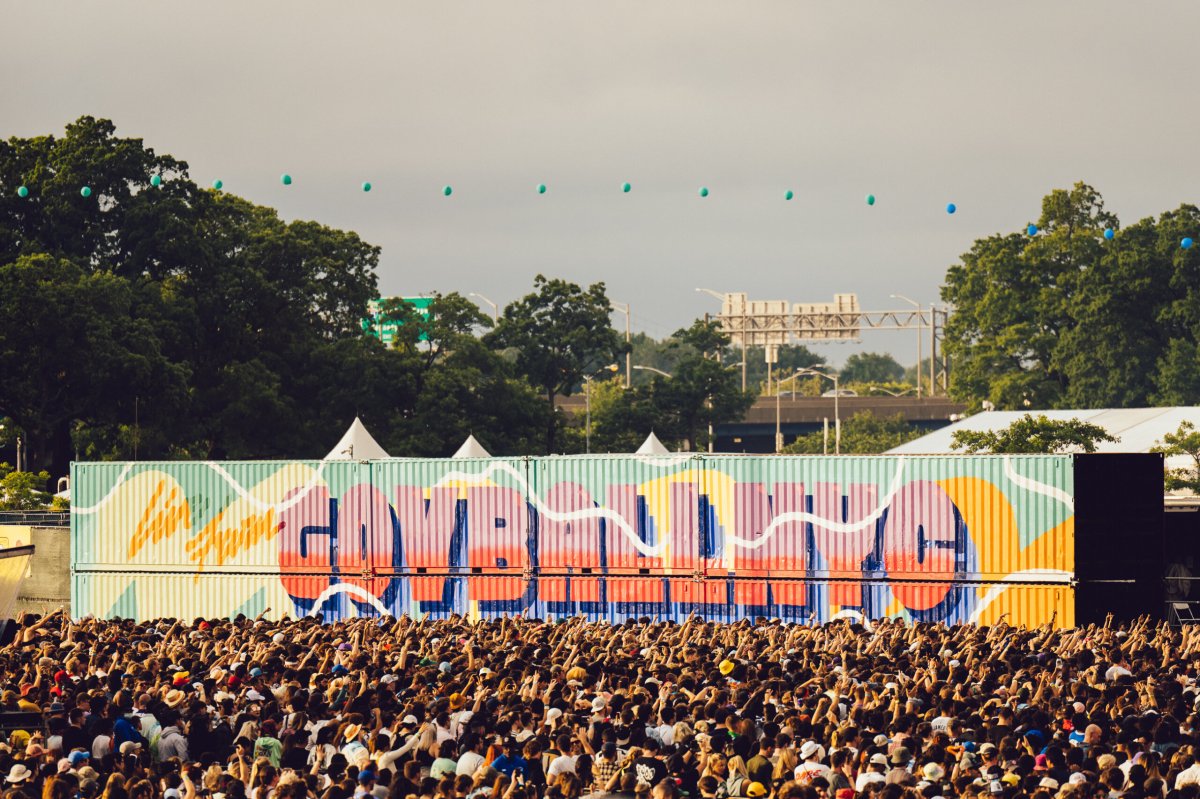Forest Hills Stadium management has been working to improve noise mitigation measures following a legal battle with local residents.
Once home to the U.S. Open, the iconic arena opened in 1923 serves today as a major concert venue, with 30 performances between May and October, most of which attract upwards of 13,000 guests per concert.
The venue says that it has worked tirelessly to ensure operations are orderly, safe, and clean when doors open at 5 p.m. and close by 10 p.m.. However, some locals who reside within the surrounding homes say that this is not the case and have put in a lawsuit against the venue last year.
The Forest Hills Garden Corporation filed suit in May 2023, stating that the noise and crowd from the concerts have become a nuisance.
In response to the complaints, the venue operators have worked to implement numerous sound mitigation materials throughout the entire stadium. Spending approximately $250,000 this season alone, the stadium’s team says they are working diligently to do their part.
“It’s really amazing because it’s just science at work, which I think took us all a long time to really understand the way the sound carries,” said Mike Luba, president of Forest Hills Stadium. “The actual PA’s are so sophisticated now and every year for almost a decade now that the stadium has been an ongoing work in progress that we’ve developed these systems kind of hand-in-hand with the DEP and the NYPD and with the neighbors. We’ve kind of plugged every hole at this point.”
amNewYork Metro took a tour of stairwells and openings May 4 while Forest Hills Stadium hosted Sessanta — a tour featuring three alternative, hard rock bands — as they performed one could hear the drop in sound when exiting and entering the arena.
The stadium’s pillars, stairways, and numerous openings are now imbedded with a specialized sound absorbing acoustic mesh that has been painted over in blue to add to the ambiance, which helps to significantly dampen music blaring through.
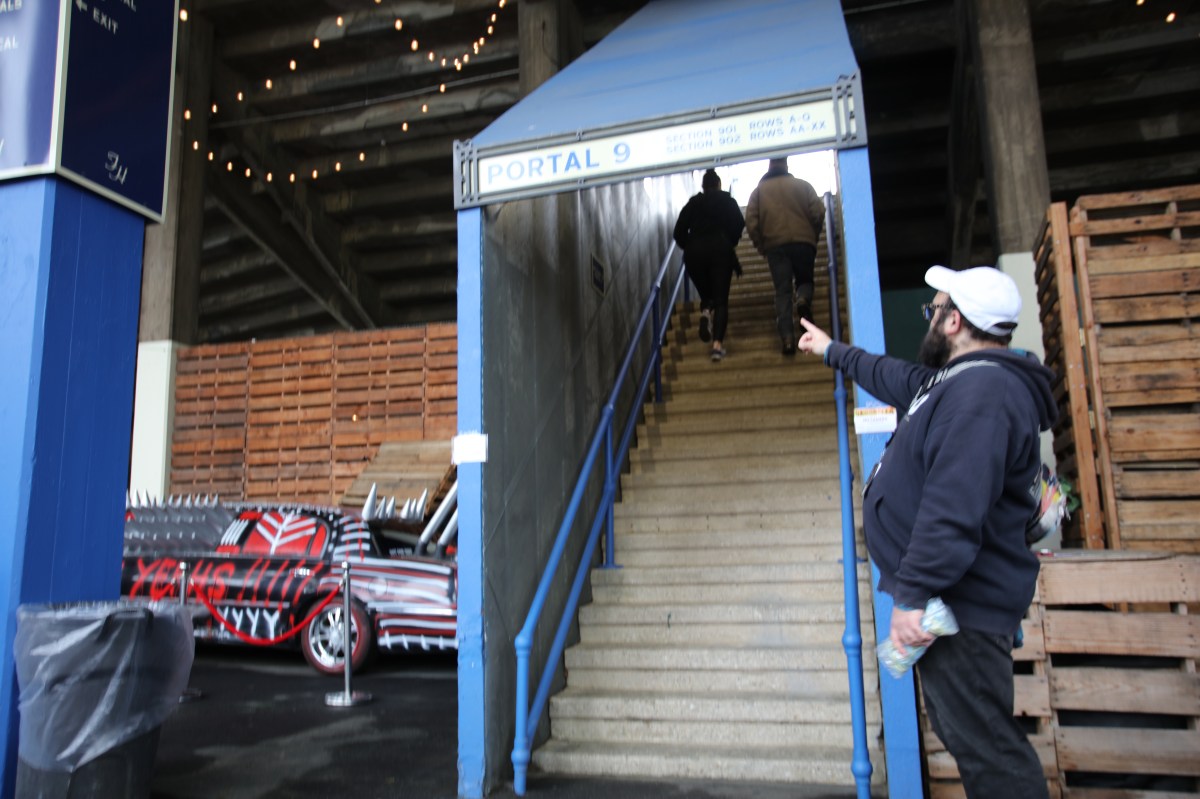
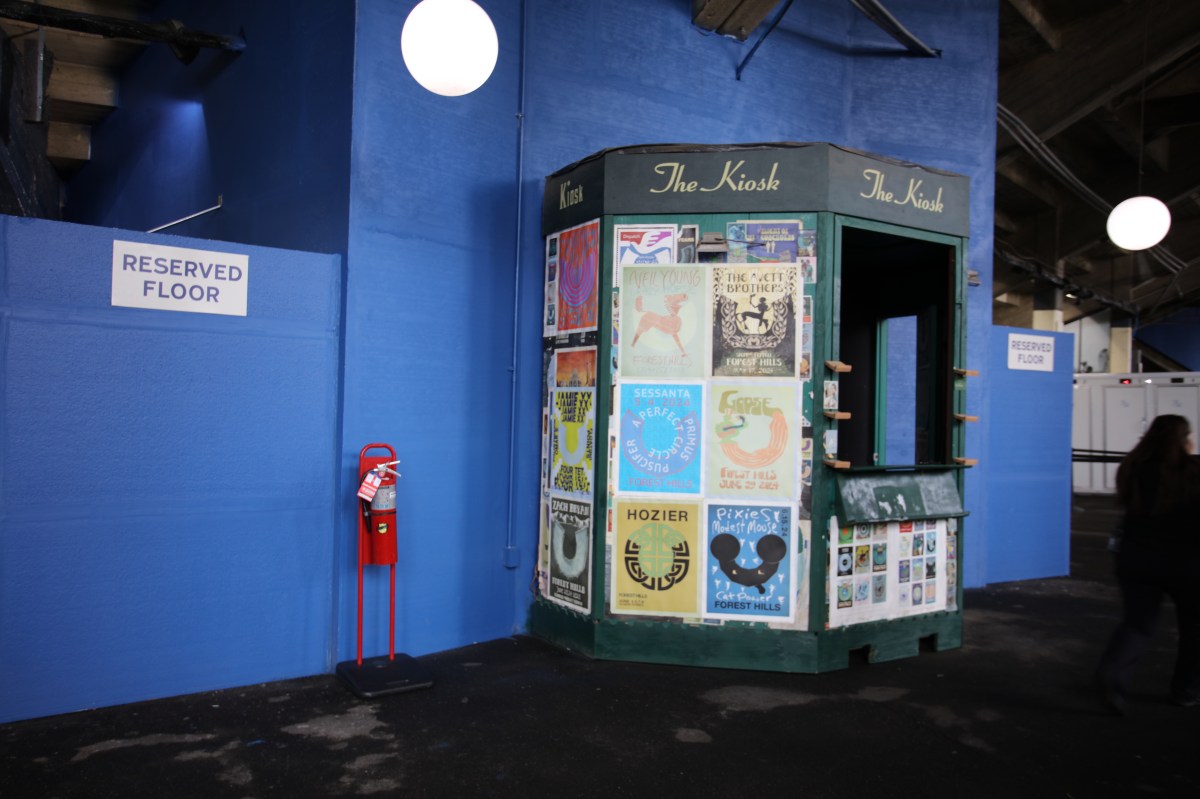
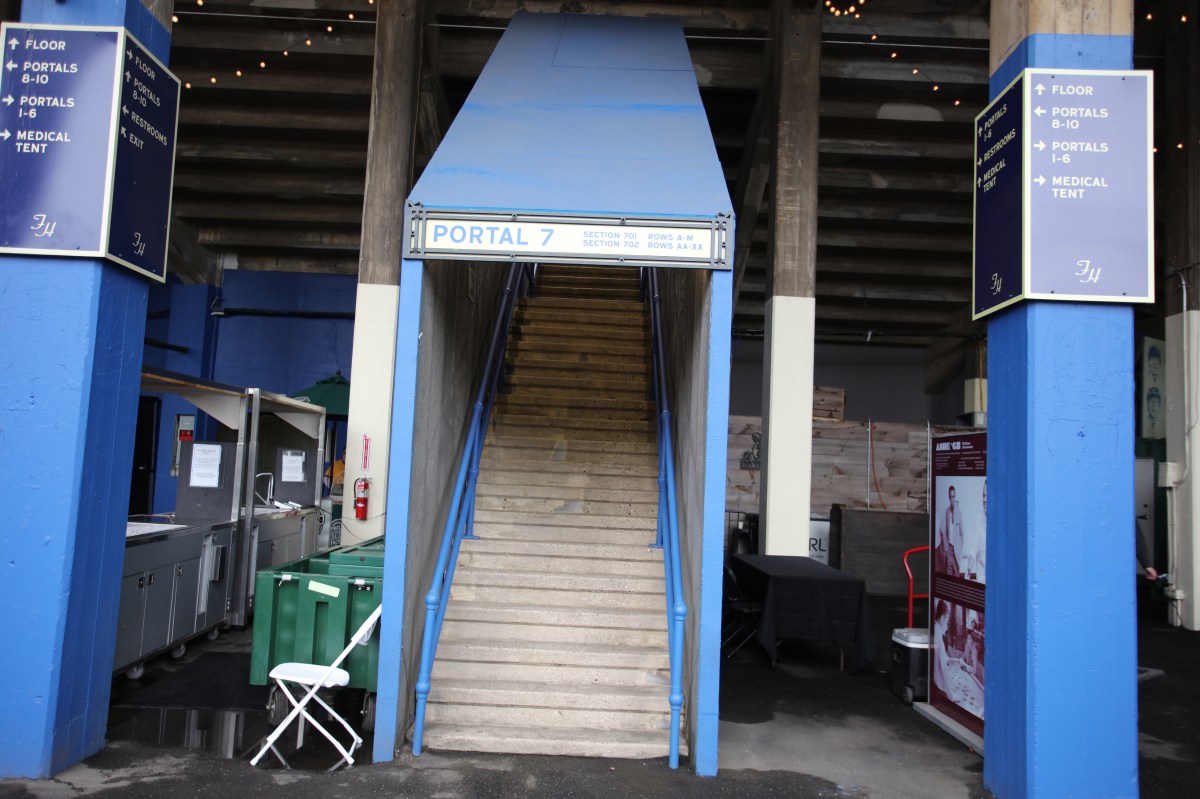
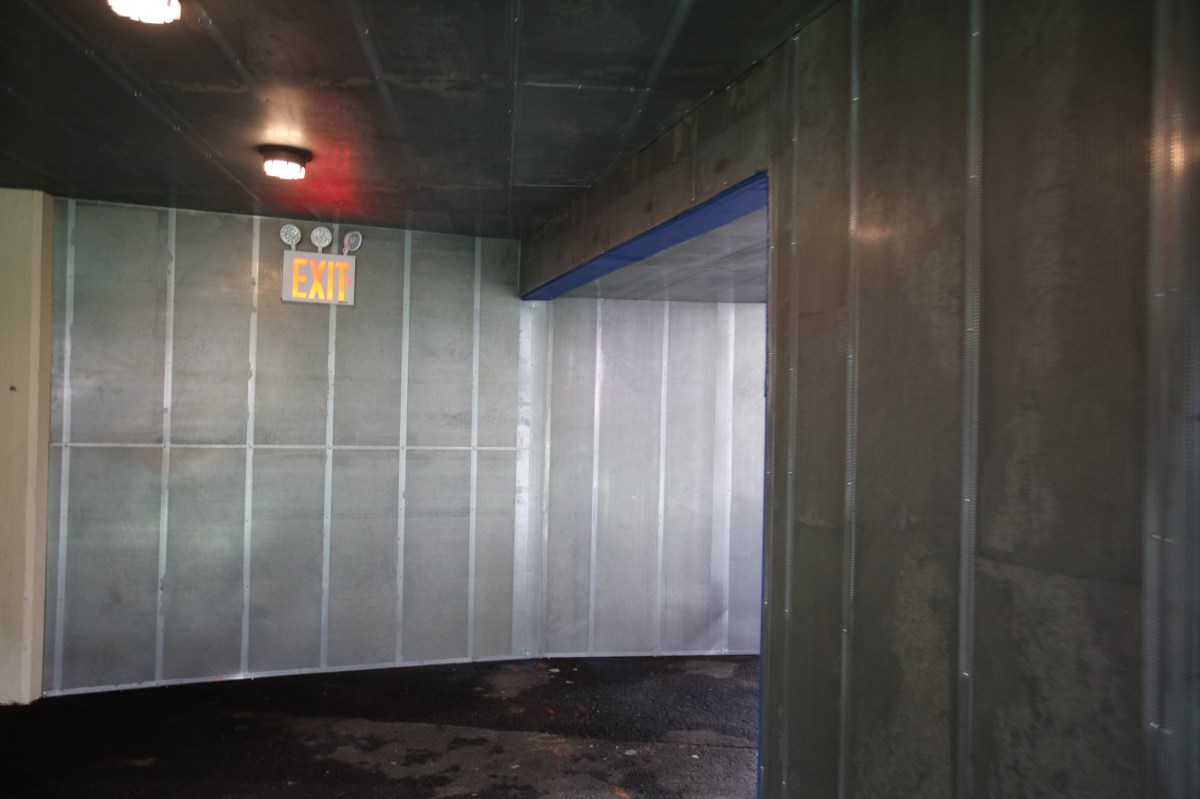
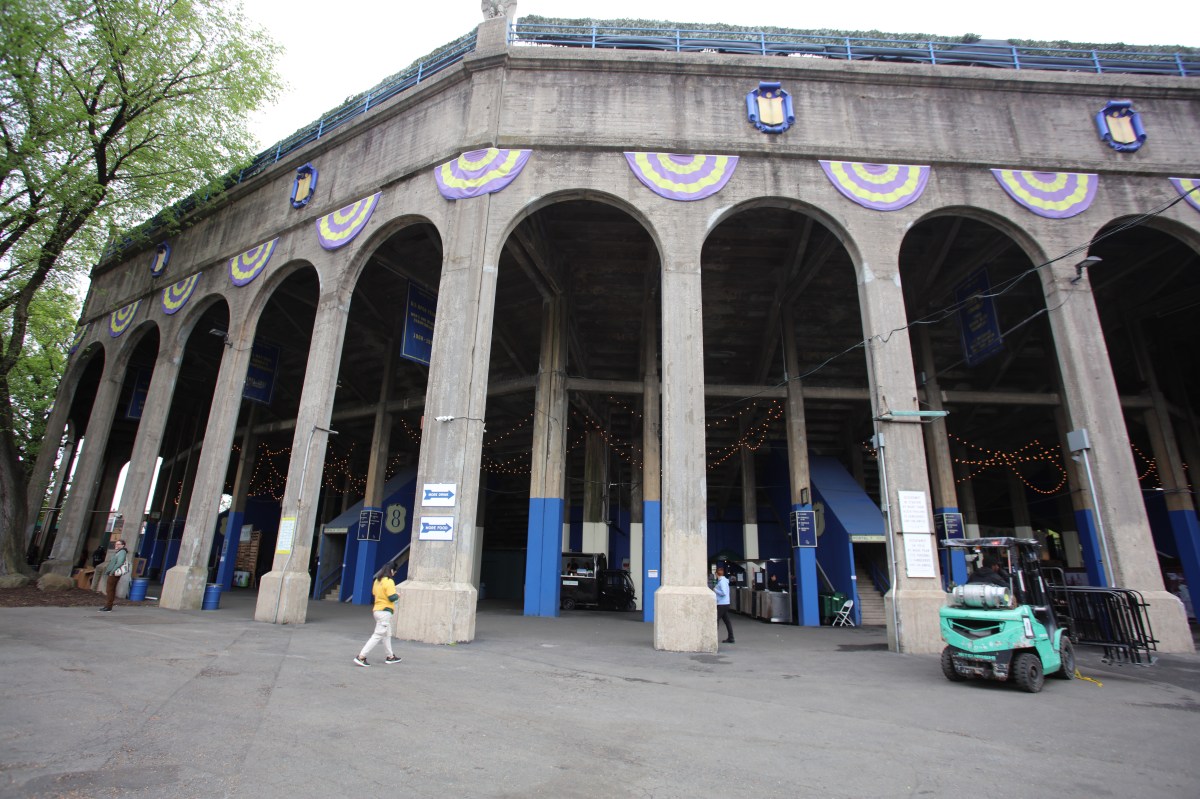
For concert goers like Jasmine D., who resides in the Bronx, she says for her first time at Forest Hills Stadium she was amazed to learn about the efforts being made to reduce the sound emitting from the venue.
“When you are out here it’s not too loud,” Jasmine D. said, “When you are inside you hear the music vibrating through the arena and I’ve been out here listening to the band do their test runs and it’s not as loud as I expected [outside of the stadium.]”
Jasmine D. shared that she’s been to her fair share of concerts like Warped Tour at Nassau Coliseum, where she describes the sound as extremely loud, and says that outside of Forest Hills Stadium it’s completely the opposite.
“It’s pretty tame, I would say this is like a school having a pep rally at most, and that even pushing it because I thought the music was going to be blasting,” Jasmine D. said.
She also added that she lives near Yankee Stadium and has seen how loud and hectic the crowds are dispersing from the venue first-hand, and says that it doesn’t seem like this is the case for Forest Hills Stadium.
After the concert, a sea of people were guided down Burns Street, overseen by an NYPD patrol unit and Forest Hills Stadium security. Burns Street has been designated as the least evasive pathway for concert attendees to walk through since it leads directly from the public street and toward transportation to the stadium.
With fencing on one side for the venue and on the opposite side blocking off an outdoor train track, Burns Street allows Forrest Hills Stadium security and the NYPD to safely oversee in a linear fashion individuals entering and exiting the area.
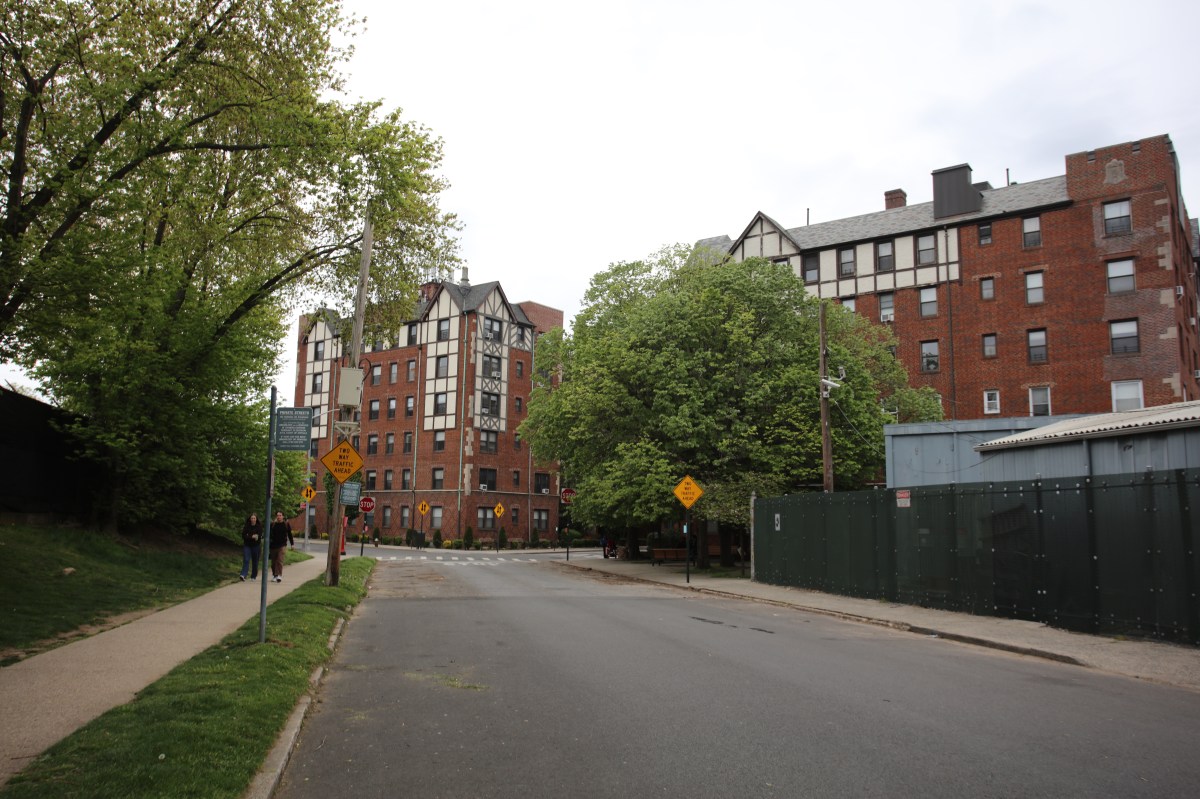
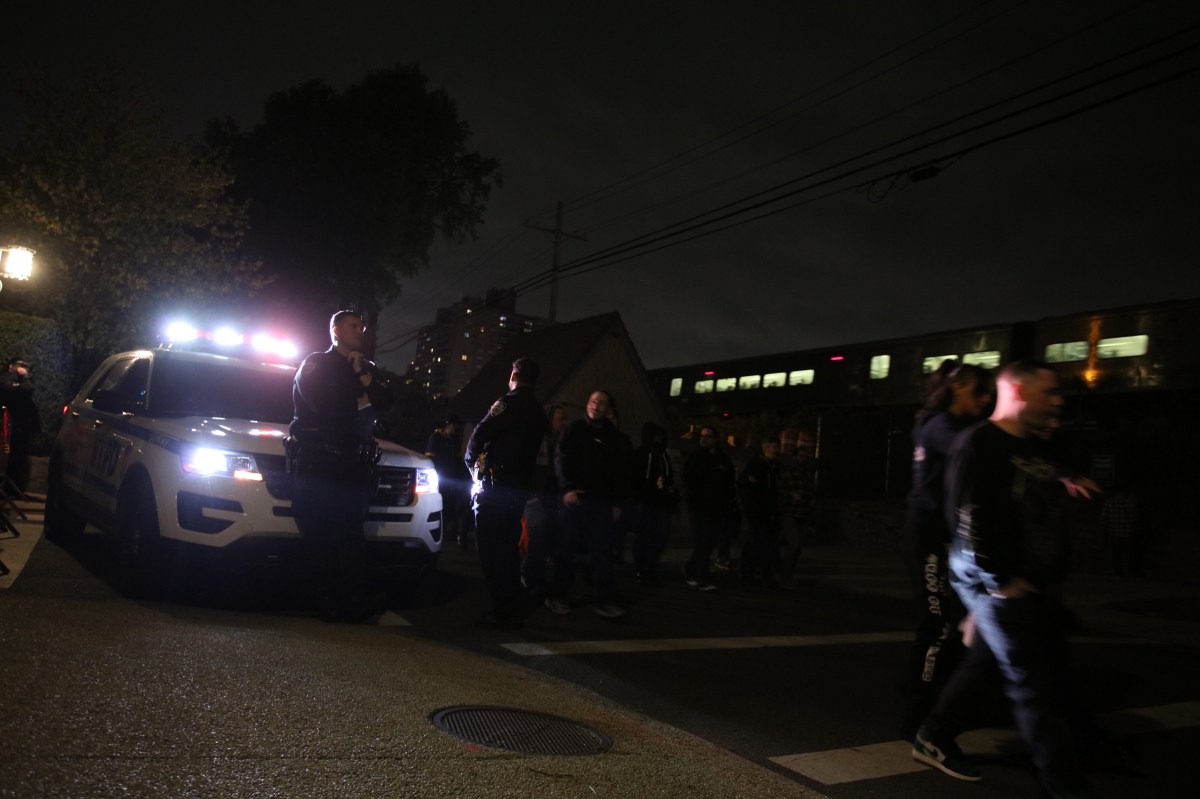
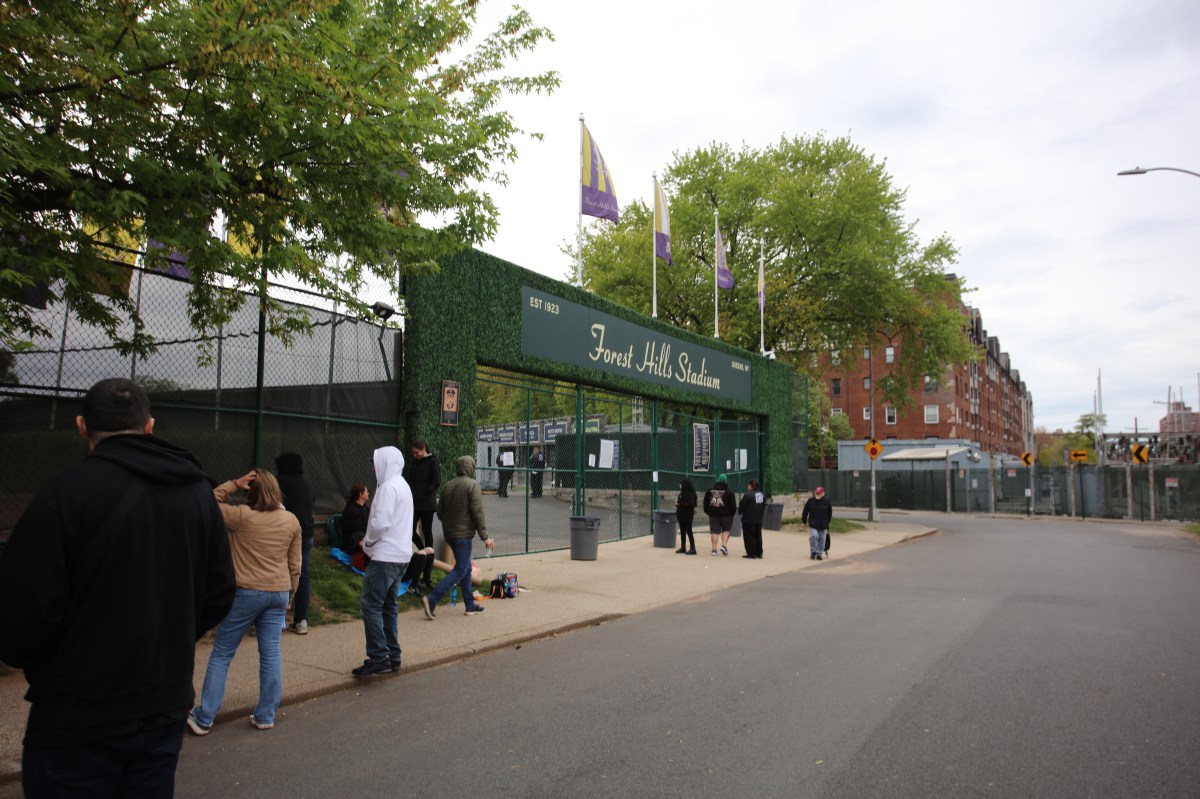
Not all local residents are thrilled with the plan. Jenna Cavuto watched the crowd Saturday night exiting the Sessanta concert and pour into the public street, stating that the human traffic prevents her from accessing her home peacefully.
“So, all of these people are coming through our streets, they’re walking on our sidewalks, we have limited access to our building. We have no access to parking outside of our building. We have sound checks the day before the concert, sound checks the morning of the concert, then the concert, we can’t get access around the community,” Cavuto said. “So, either we can’t be here, or we have to stay here when we’re here. And we have these people lingering after the concert. They’re trespassing on our property, hanging out after hours.”
Forest Hills Stadium operators say that they are trying to work with the community, but are not finding any middle ground in good faith with their neighbors. For close to a decade, the venue has had a cohesive relationship with the Forest Hills Garden Corporation, but things deteriorated last year, culminating in the lawsuit.
“I do community outreach for the stadium, so I am out on Austin Street and surrounding areas talking to local residents and business owners and the overwhelming majority is concerned about the lawsuit. They’re like they don’t agree with it, the people who live in the Gardens and they’re like ‘They try to corner me on the street and say the season is starting tomorrow how do you feel about it?’ But they [respond] ‘Fine, we like it,’” said Ari Rosenblum, the Forest Hills Stadium community outreach coordinator.
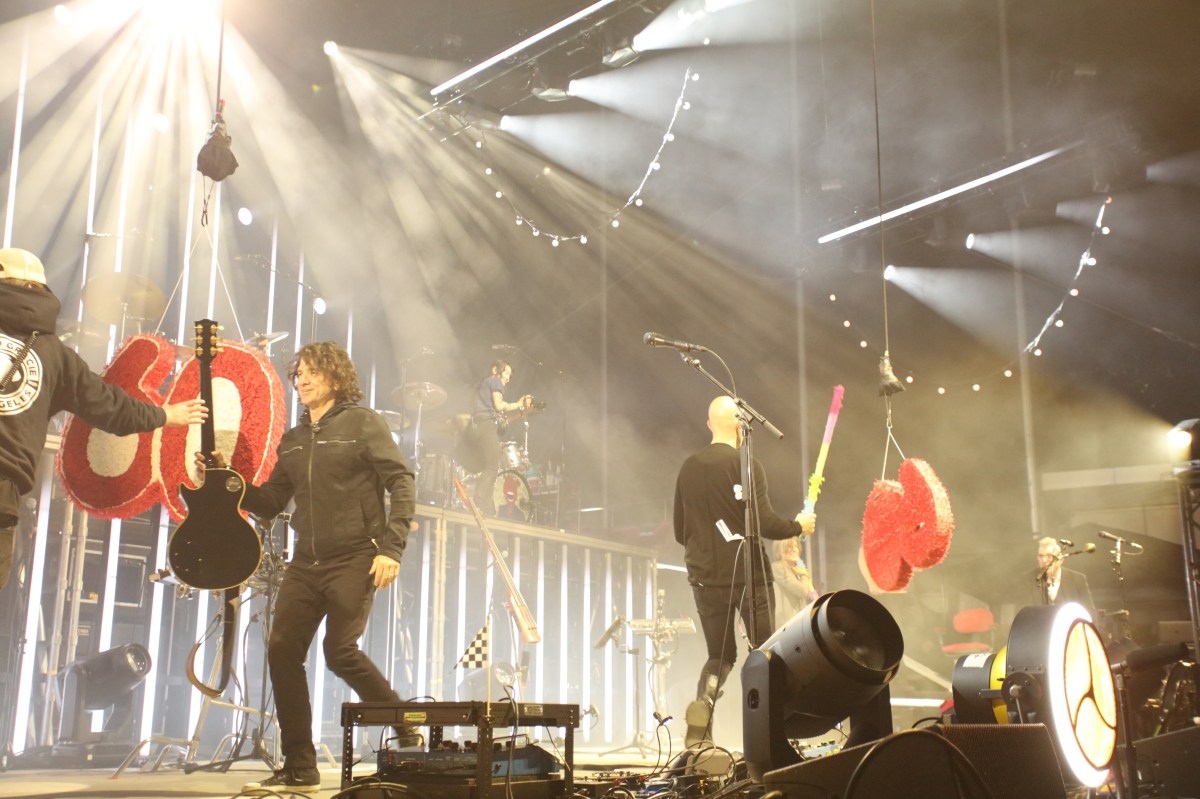
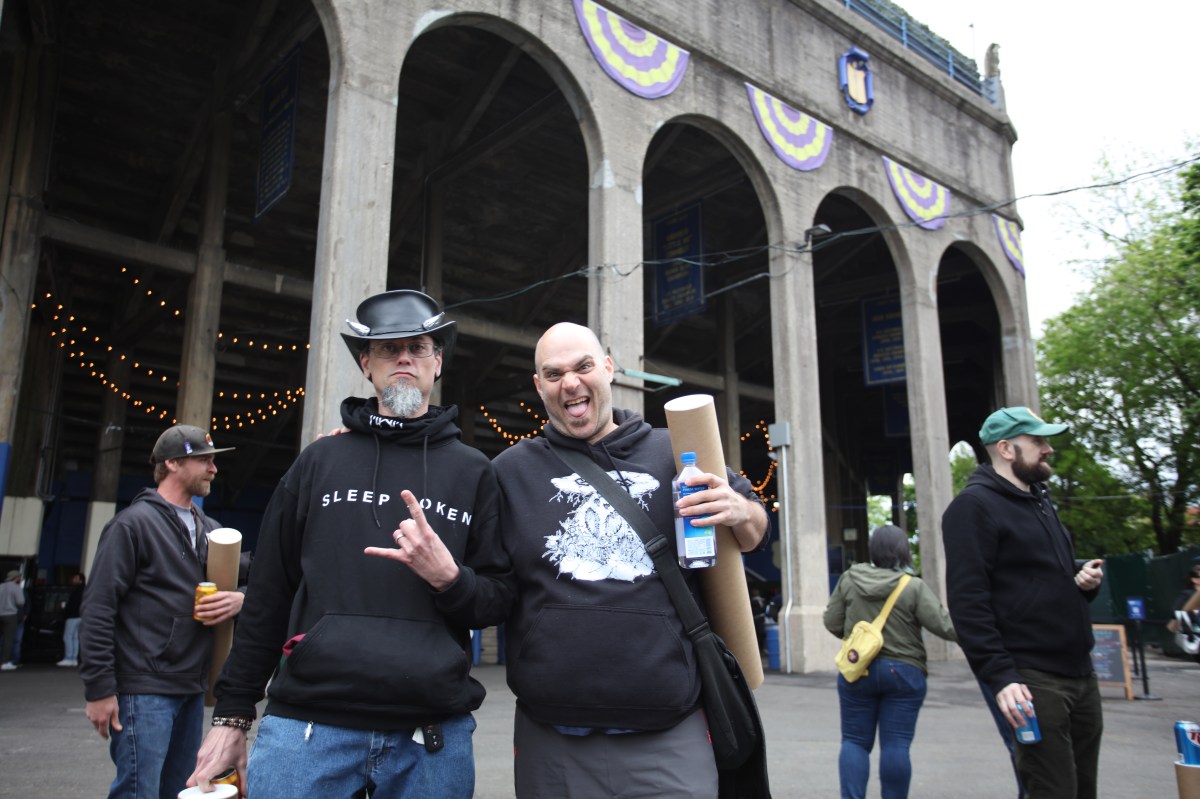
At the end of each season, the stadium — run by the West Side Tennis Club — provides the corporation with $250,000 and hosts a roundtable discussion on the concert season, and related issues that arose. But last year, the stadium operators were told that the corporation wanted a $4 million payment instead; the lawsuit soon followed.
Luba says that his door is always open to listen to residents and make adjustments to improve the quality of life while also running the stadium as it has always done over the past century. The venue employs over 600 people for each show, and works with NYPD, DEP and MTA to facilitate the best method of having people enter and exit the area safely.
“This stadium has been here for a century. It was part of the thoughtful, really well-planned masterpiece of a neighborhood that is Forest Hills Gardens. So, this whole narrative that somehow the Gardens to suddenly in 2023 after 100 years suddenly doesn’t want to have a stadium or allow people to either enter or exit the stadium. It’s just it’s totally bizarre,” Luba said. “I would hope the record speaks for itself the first nine and a half years we had literally no issues with the Garden Corp. We had no arrests, no medical transports. And things were pretty mellow.”
Historically, Forest Hills Stadium was home to the U.S. Open tennis tournament, but later during the 1960s it became repurposed as a musical mecca that has played host to Frank Sinatra, Bob Dylan, Rolling Stones, and more.
Rosenblum adds that numerous local bars, restaurants and shops look forward to the influx of human traffic arriving to Forest Hills because it puts a boom in their business since many are still working to make up revenue lost during the pandemic. Businesses such as Rove Bar & Kitchen, 5 Burro Café, Aigner Chocolates, Neir’s Tavern all display a sticker reading: “Proud Supporter of Forest Hills Stadium.”
“They plan their staffing around the show’s seasonal calendar because they know they’re going to need more people and inventory,” Rosenblum said.
On show days there is a phone line with dedicated staff to provide any assistance needed. Luba also shared that if any locals would like to voice their concern, he is more than willing discuss how the stadium can continue to make reasonable accommodations.



